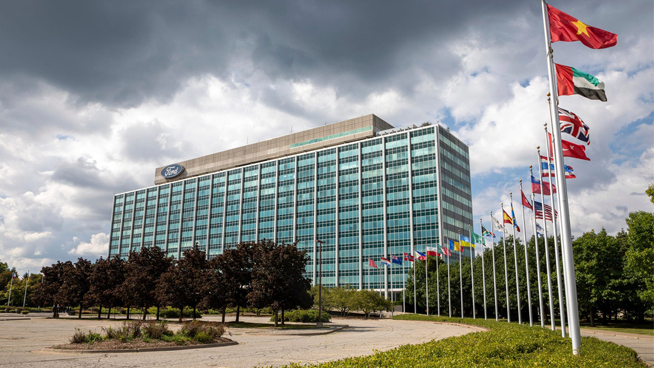
By Ken Calverley and Chuck Breidenstein
DETROIT, September 16, 2021 ~ A story was relayed to The Guys about a remodeler working in an “upper-end” jurisdiction.
Part of the work involved replacing an existing concrete sidewalk that bordered the property and crossed the roots of a large old Silver Maple tree. The jurisdiction had a tree ordinance that required the contractor to hand dig all areas around the tree to assure no root damage. The tree work involved special permits and several inspections that extended a two-day job to several weeks.
Upon completion of the work the contractor was then required to purchase a $30,000 bond payable to the city assuring the tree would survive at least seven years.
The real irony here is that the city classifies the Silver Maple as a “junk” tree that they don’t even want planted within their borders.
Years ago, a picture of a landholder was placed in the local paper showing him clear cutting a large section of land. His reasoning was tied to an impending ordinance that would have economically prevented him from cutting the trees and developing the land for affordable housing.
No wonder the National Association of Home Builders, NAHB, rails against the high cost of regulation and its impact on housing and construction. The primary mission of the NAHB is to provide “affordable, safe, housing” to all that require sheltering. “Affordable” is a key word.
According to NAHB statistics, regulations imposed by government at all levels accounts for more than 24% of the final price of a new single family home with 14.6%, or three-fifths, of that due to costs assessed in the land development phase.
Land development regulations can literally prevent certain buyer demographics from purchasing by making compliance cost prohibitive. Minimum lot sizes, land set-asides, required frontages and setback requirements alone can make a developed lot too expensive for most.
When you consider that the average price of a new home in the U.S. last year was $375,000, we’re talking about an average regulatory burden of $90,000 on each home.
There are also hidden costs that apply but are unaccounted for in the data related to time. When a two-day job is extended to weeks, it costs money. Permit applications and inspections alone can account for extended delays even on smaller housing projects.
The real question becomes, “How much regulation is too much regulation?”
Safety is a key tenet right behind cost. We can build a home that will not burn down. We can build a house that will not collapse in a typical tornado or hurricane. We can build a house that heats with the flame of candles and the occupant’s body heat. But how many can afford to buy that house?
The Home Builders Association of Michigan, HBAM, dedicates most of its financial resources combating regulation that adds cost without real benefit. It’s a judgment call backed by data.
Few would argue the benefit of requiring smoke alarms in detached single family homes, but when advocates of certain product manufacturers attempted to also require sprinkler systems in new homes, the HBAM showed statistical support indicating minimal improved performance in a house fire when compared to the added cost to install and maintain the sprinkler systems.
And increased regulation seems to create a momentum of its own. Installing ground fault circuit interrupters, GFCIs, in potentially “wet” areas was a great idea many years ago. Now they are required in twice as many areas, including the sump pump. Many electricians we know will not plug their own sump pump into such a sensitive circuit breaker for fear of a flooded basement when high humidity causes the breaker to trip.
No one can argue against the claim that “even one life lost is too many,” but we can all recognize the burden of added cost on an average family.
Keep in mind that every buyer has a price point they simply cannot exceed. Years ago, the NAHB published data supporting the idea that for every $1,000 of increased cost to a new home, 100,000 potential buyers were “capped out” and prevented from buying. Where do we want those people to live?
Regulators in many jurisdictions have seen new development as a way to bolster general fund monies.
They will charge a land developer “impact fees” to create buildable lots based on their assumption that new development will “cost” the city over time. These costs are passed directly on to buyers. Storm water discharge assessments, expanded range of building and development permits and “hook-up” fees are routinely charged.
This ignores the reality that every new home and every new commercial building will be assessed annual property taxes for as long as they exist and the occupants will stimulate local economies with their demand for services and products.
Years ago, HBAM backed legislation that required building departments to only charge fees commensurate with the cost to run the department. Excess monies could not be raked off to fund other public entities.
So where should the line be drawn? It’s a question the industry deals with every day in its attempt to bring affordable housing to the market. And it’s a question the Guys deal with every week on News/Talk 760 WJR radio and at InsideOutsideGuys.com.
For more housing advice, listen to the “Inside Outside Guys“ every Saturday and Sunday on News / Talk 760 WJR from 10 a.m. to noon or contact us at InsideOutsideGuys.com.




